Name Ada Huxtable | Role Architectural Critic | |
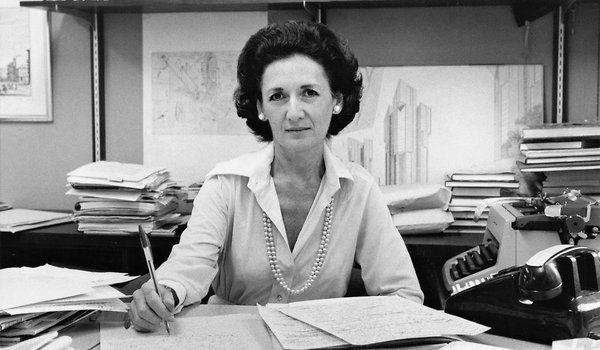 | ||
Died January 7, 2013, New York City, New York, United States Awards Pulitzer Prize for Criticism, MacArthur Fellowship, Guggenheim Fellowship for Humanities, US & Canada Nominations National Book Award for Contemporary Thought Books On Architecture: Collected, The Unreal America: Architectu, Kicked a Building Lately?, Frank Lloyd Wright, Will they ever finish Bruckner Similar People Norman Mailer, Wolf Kahn, Louis Auchincloss, David Gebhard, Cynthia Ozick | ||
What the critic sees ada louise huxtable and her legacy
Ada Louise Huxtable (née Landman; March 14, 1921 – January 7, 2013) was an architecture critic and writer on architecture. In 1970 she was awarded the first ever Pulitzer Prize for Criticism. Architecture critic Paul Goldberger, also a Pulitzer Prize-winner (1984) for architectural criticism, said in 1996: "Before Ada Louise Huxtable, architecture was not a part of the public dialogue." "She was a great lover of cities, a great preservationist and the central planet around which every other critic revolved," said architect Robert A. M. Stern, dean of the Yale University School of Architecture.
Contents
- What the critic sees ada louise huxtable and her legacy
- Ada louise huxtable charlie rose
- Early life
- Career
- Archive
- Selected works
- References
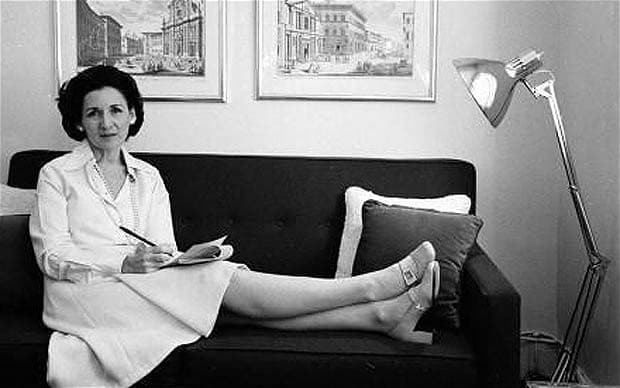
Ada louise huxtable charlie rose
Early life
Huxtable was born and died in New York City. Her father, the physician Michael Landman, was co-author (with his brother, Rabbi Isaac Landman) of the play A Man of Honor. Ada Louise Landman received an A. B. (magna cum laude) from Hunter College, CUNY in 1941.
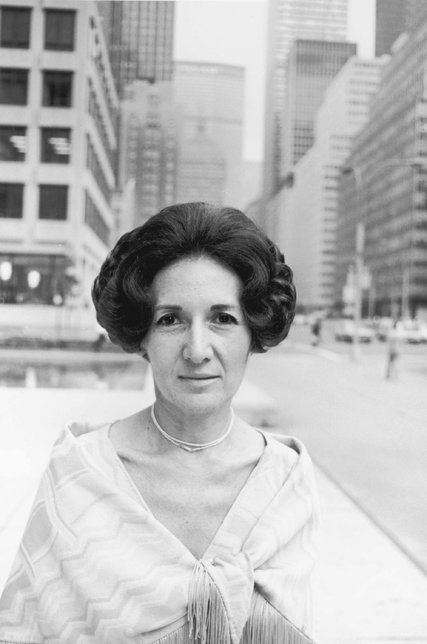
In 1942, she married industrial designer L. Garth Huxtable, and continued graduate study at New York University from 1942 to 1950. From 1950 to 1951 she spent one year in Italy on a scholarship of the U.S.-Italy Fulbright Commission.
Career
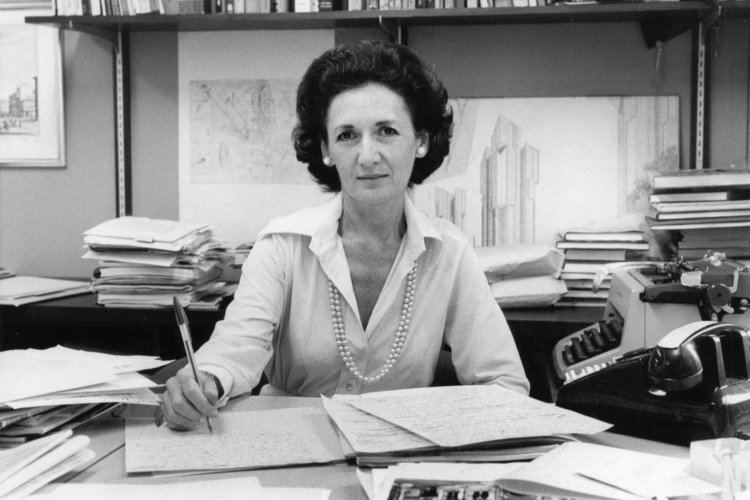
She served as Curatorial Assistant for Architecture and Design at the Museum of Modern Art in New York from 1946 to 1950. She was a contributing editor to Progressive Architecture and Art in America from 1950 to 1963 before being named the first architecture critic at The New York Times, a post she held from 1963 to 1982. She received grants from the Graham Foundation for a number of projects, including the book Will They Ever Finish Bruckner Boulevard?. She was elected a Fellow of the American Academy of Arts and Sciences in 1974.
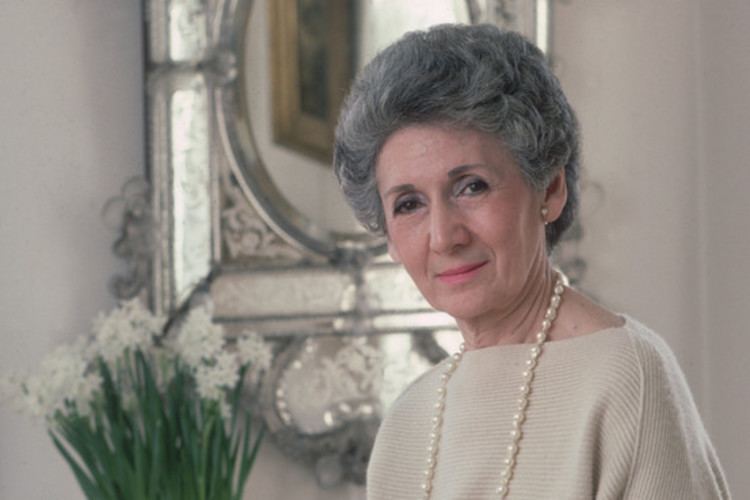
She was the architecture critic for The Wall Street Journal, a position she took up in 1997.
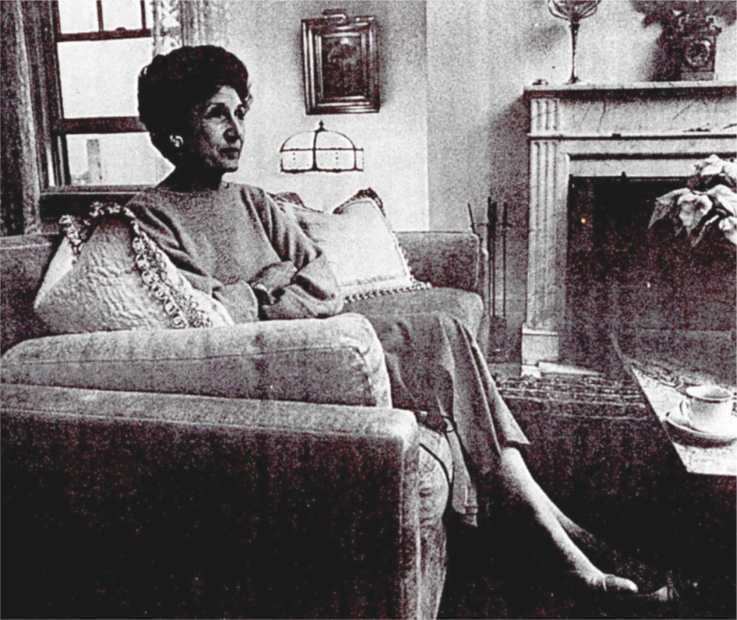
John Costonis, writing of how public aesthetics is shaped, used her as a prime example of an influential media critic, remarking that "the continuing barrage fired from [her] Sunday column... had New York developers, politicians, and bureaucrats, ducking for years." He reproduces a cartoon in which construction workers, at the base of a building site with a foundation and a few girders lament that "Ada Louise Huxtable already doesn't like it!"
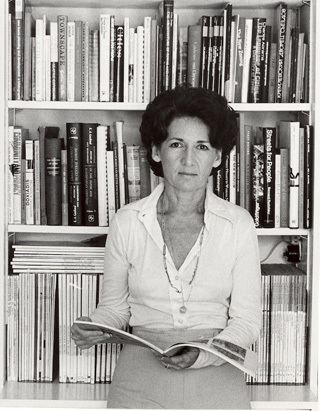
Carter Wiseman wrote, "Huxtable's insistence on intellectual rigor and high design standards made her the conscience of the national architectural community."
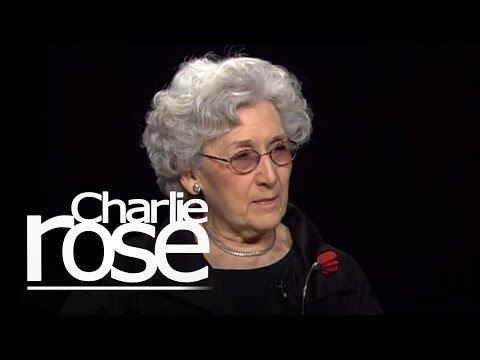
She wrote over ten books on architecture, including a 2004 biography of Frank Lloyd Wright for the Penguin Lives series. She was credited as one of the main forces behind the founding of the New York City Landmarks Preservation Commission in 1965. At the same time, she was a severe critic of fakery in addressing the city's past, writing in 1968: "Nothing beats keeping the old city where it belongs and where its ghosts are at home. [But] please, gentlemen, no horse-drawn cars, no costumes, no wigs, no stage sets, no cute-old stores, no 're-creations' that never were, no phony little-old-New York.... That is perversion, not preservation."
Ada Louise Huxtable's oral biography is included in "Particular Passions: Talk With Women Who Shaped Our Times."."
Archive
In 2013, the Getty Research Institute announced its acquisition of the Ada Louise Huxtable archive, which spans 1921 through 2013 and includes 93 boxes and 19 file drawers of Huxtable's manuscripts and typescripts, reports, correspondence, and documents, as well as research files full of notes, clippings, photocopies, and, most notably, original photographs of architecture and design by contemporary photographers.
